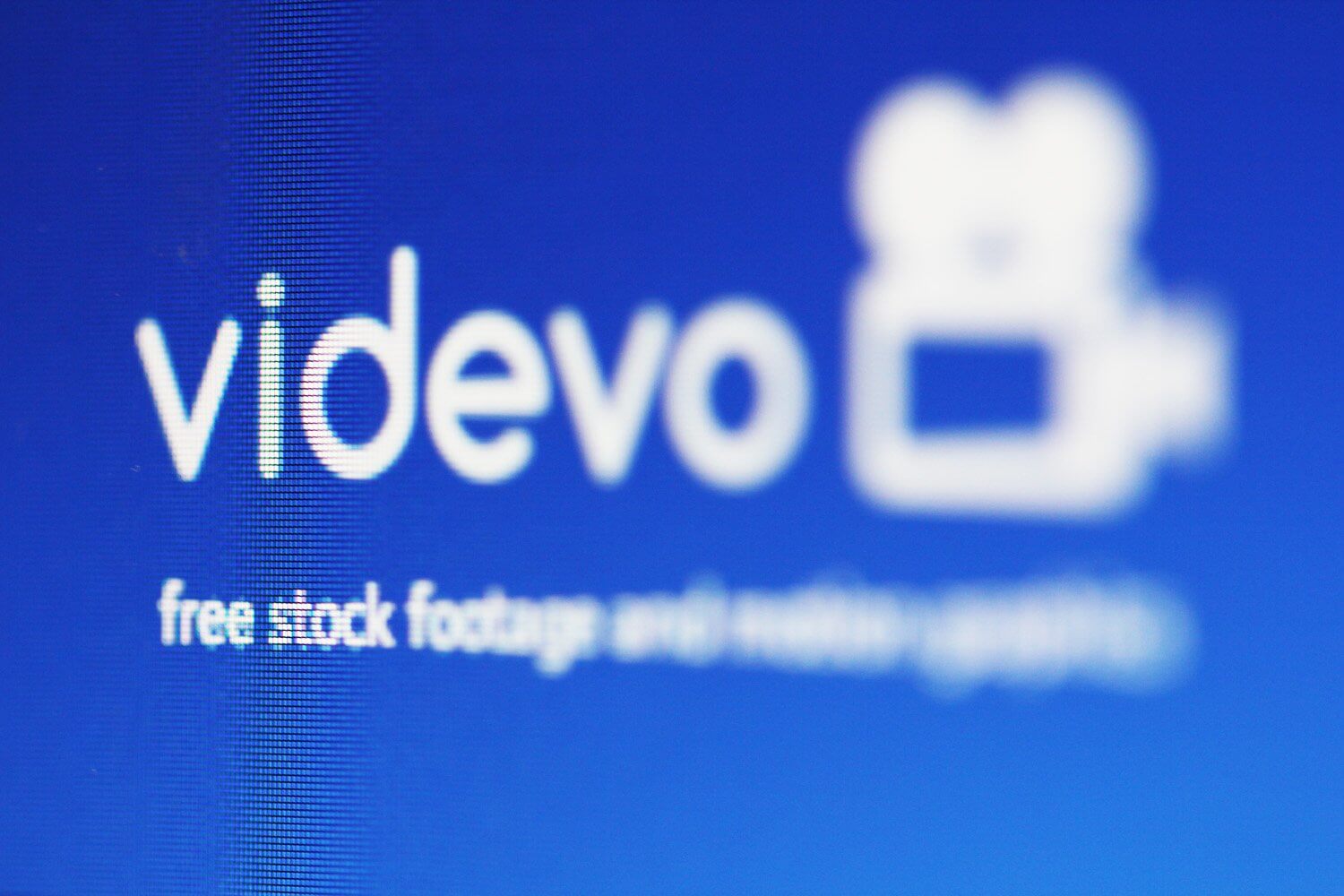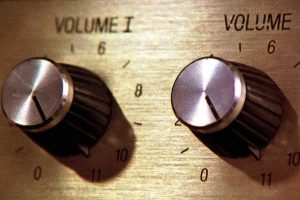If you’ve spent much time hunting for the perfect clip, you may have come across some footage labelled “Editorial Use Only.” But what does this mean exactly?
If a clip is marked for editorial use only, it cannot be used for commercial purposes. At its most basic, ‘commercial purposes’ means any kind of venture that promotes a brand, product or service. This covers anything that generates revenue directly, indirectly, or even affects the reputation or standing of a person, company, or product in a way that would lead to income-generating ventures.
Commercial uses of footage include:
- Commercial websites or blogs
- e.g. Using footage of identifiable tennis players on a company website selling tennis rackets.
- Television and video adverts
- e.g. Using editorial footage of the Empire State Building (a trademarked structure) for a travel agency video advertising holidays to New York.
- Promotional materials or videos
- Use within a product, software or other business related tools
- e.g. Using footage of an identifiable member of public the hiking in a woods as a background in a web-design package.
Furthermore, an editorial clip cannot be used in a way that is defamatory of any living individual or company. Footage is considered a permanent form, which, used for a negative portrayal, is subject to libel laws. The main defence against a libel action lawsuit is for the party making the alleged libellous allegations to prove that they are, in fact, true.
Libellous and defamatory uses of footage include:
- Juxtaposition of editorial footage with libellous commentary in a way that associates the two.
- e.g. footage of an identifiable police officer standing in the street paired with a commentary or sync on police brutality could suggest that that particular officer uses brutal policing tactics.
- Use of editorial footage in defamatory blogs, websites and articles.
- e.g. using footage of a celebrity in a blog post making false allegations that would damage their reputation.
- Distributing editorial footage in a manner that exposes the subject(s) to ridicule or contempt.
- e.g. posting footage of members of the public in a social media group or thread in order to ridicule, abuse or induce hateful remarks or actions against the individual(s).
In short, an editorial clip may be used in a way that does not generate revenue, but rather lends credibility to factual information.
Why is a clip marked as ‘Editorial Use Only’?
There are a few reasons why a clip may be marked for editorial use.
More often than not, an editorial clip is one without a model or property release. Model and property releases are documents signed by people could be recognised within the clip, or people who own the property in the clip allowing the footage to be used for commercial purposes. Without a release, using this footage commercially would be doing so without the knowledge or consent of the subjects and property owners. Protection from use of one’s image or property for commercial use without consent often comes under legislation covering Personality Rights. Though these vary from country to country, the basic tenets usually remain the same.
Other clips most likely will be marked editorial if they depict a celebrity, trademarked or service logos, or depict/were filmed on trademarked property. Exceptions for footage containing trademarked logos and property are clips in which appear incidentally. Most countries permit the commercial use of footage in which the trademarked element is not essential to (i.e. the main focus of) the clip. This exception does not extend to any recognisable persons that may appear in a clip.
How can editorial footage be used?
Editorial footage can be used for something that is true, informative or educational, as long as it is done without the aim of generating revenue.
Acceptable use of editorial footage includes:
- News outlets and videos
- e.g. Using footage of the London Eye in a TV news feature or video about the history of the structure.
- Documentaries
- e.g. Using footage of an identifiable busker in a documentary about street performers.
- On a blog or website for descriptive purposes
- e.g. Using footage of identifiable cyclists in a blog post covering ways cities have cut down on carbon-emissions.
- In a news or blog article
- e.g. Using footage of a well-known politician in a news article reporting on a speech made by that person.
- In a non-commercial presentation
- e.g. Using footage of company logo(s) as an illustration in an educational presentation about their stock prices.
- Educational purposes
- e.g. Using footage of a sculpture of painting in an educational video about the artist.
What if I want to sell my educational video, documentary or newsworthy content?
Selling a video project that uses editorial footage within the parameters outlined above is permitted, as long as the footage was filmed in the public domain and does not infringe upon any rights to privacy. If the project you intend to sell is filmed on private land then a release is required. A model release is not required in a context where the individuals depicted are not defamed, nor could reasonably expect a right to privacy (i.e. to not be filmed).
If, however, you are selling an editorial project or footage for commercial use, (for example, selling an educational video on an artist and their works to an art gallery in order to promote an exhibition), then releases would need to be obtained for any identifiable individuals present in the video and also for any depicted works, locations and logos that are copyrighted or trademarked.
This marks the end of our guidelines on editorial usage for clips on Videvo. If you have any questions regarding editorial or commercial you can contact us at hello@videvo.net, and we will do our best to help.




